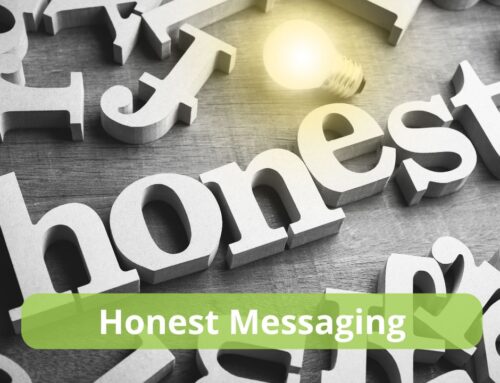 Providing great customer service is an expensive challenge for many businesses. Setting up call centers can be cost prohibitive for small to medium sized companies. Even lager companies with big call centers can have problems. Often times customers who are already upset are further frustrated by the experience of waiting for a phone representative. Emails can carry the same sorts of hurdles with impersonal, canned responses and long turn around times. But it doesn’t have to be like this. Today’s social media tools offer an effective and speedy way to engage with your customer base and monitor the perception of your brand. Its easier and more economical than ever before to solve problems and build goodwill via social media sites like Twitter.
Providing great customer service is an expensive challenge for many businesses. Setting up call centers can be cost prohibitive for small to medium sized companies. Even lager companies with big call centers can have problems. Often times customers who are already upset are further frustrated by the experience of waiting for a phone representative. Emails can carry the same sorts of hurdles with impersonal, canned responses and long turn around times. But it doesn’t have to be like this. Today’s social media tools offer an effective and speedy way to engage with your customer base and monitor the perception of your brand. Its easier and more economical than ever before to solve problems and build goodwill via social media sites like Twitter.
The main goal of customer service is to help resolve problems. While complex issues may require you initiate a deeper conversation via more traditional media such as email or telephone, responding to simple issues using Twitter offers a unique opportunity. By using the public forum (@ replies) instead of direct messaging, a company can engage many people at the same time instead of having to address them one-on-one. This not only saves you time and money, but lets everyone in twitterland see how great your CS is! Of course, the opposite is true too. It also offers you the chance to fall down very publicly, so be sure to always take the high road, go the extra mile and shine.
Twitter is one the most viral platforms around and great customer service (as well as terrible) will be talked about. The opportunity to create a positive brand image and garner loyal customers is huge. Done right, using Twitter as one tool in your customer service tool-box can be very effective in getting your company more attention, leading to more sales.
A few things to consider when using Twitter to engage customers are:
- Make sure your customers are aware that you are on Twitter. I know it seems obvious, but just setting up a profile on Twitter isn’t enough. Give you customers and clients opportunities to follow your brand on whatever media you are currently using to engage them, be it a website, blog or email. Add buttons and links in prominent places and let them know that you are trying to engage them and resolve issues using Twitter.
- Monitor the conversation people are having about your brand and be aware of it all, the good, the bad and the ugly. There are a few programs out there such as TweetLater and Monitter that will help you keep track of the conversation by searching for key words in the Twittersphere. Enter ALL key words related to your brand and see what people are saying. How is your brand perceived in the market? Are people interpreting your message the way you intended? What do they think of your new feature? Close monitoring of the Twitter conversation can help answer these questions.
- Have some fun with it! Engage in conversation with your customers. People like to talk to people, so take a few minutes and engage customers on a personal level. Comment on some of their Tweets or reTweet some of their successes. Its important to have a personality and be real.
- And lastly, respond quickly, correctly and honestly. Twitter is a medium where people expect a quick response so don’t let direct queries languish. It’s also important to be open in your responses. Most people using Twitter are getting information from lots of different sources so its very important to be forthcoming with them. Be there for your customers and they will respond in kind, drop the ball and the world will quickly know.
The benefits to your brand and your customers reaped by using Twitter as a customer service platform are immense. Many companies like Comcast and Dell have been famously successful in promoting a positive brand image and solving customer problems with less cost than incurred using phone or email service. Twitter and social media redefining how companies are engaging their customers and providing customer service.
How is your company engaging its’ customers? Are you using social media to solve problems or more traditional channels?






